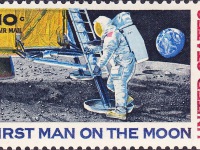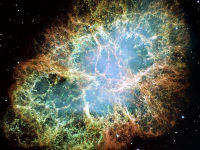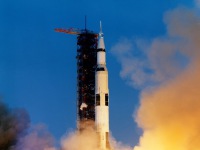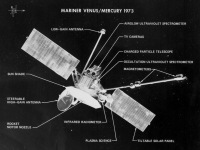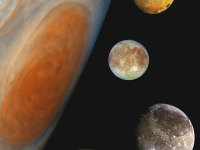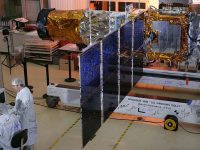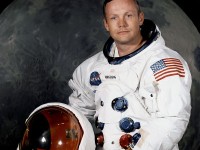The Eagle has Landed – The First Man on the Moon
On July 20, 1969 (for Western Europeans it was one day later, i.e. July 21, 3:56 MEZ) United States‘ space mission Apollo 11 reached the moon with the lunar module Eagle and the two astronauts Neil Armstrong [2] and Edwin “Buzz” Aldrin about 76 hours after they left earth from Kennedy Space Center in Florida., while Michael Collins stayed in orbit around the Moon piloting the command module.[4] “Houston, Tranquility Base here. The Eagle has landed.” (Neil Armstrong)…
Read more

